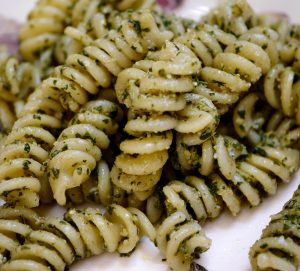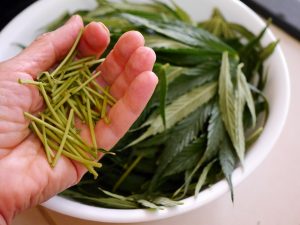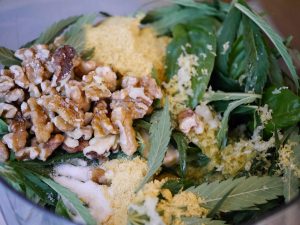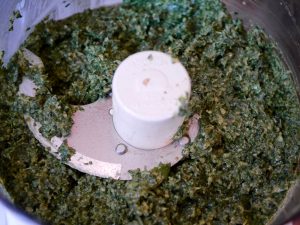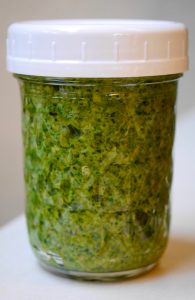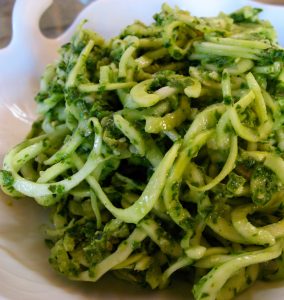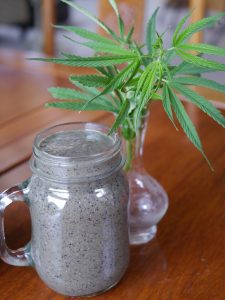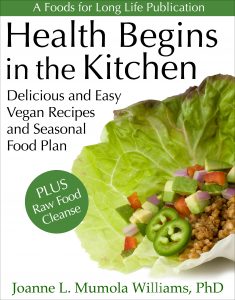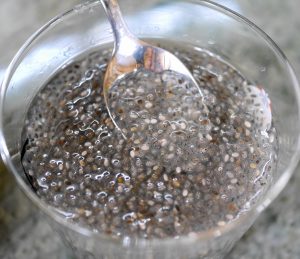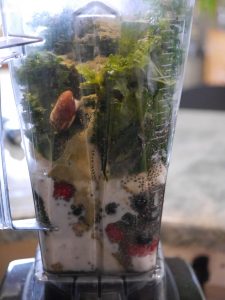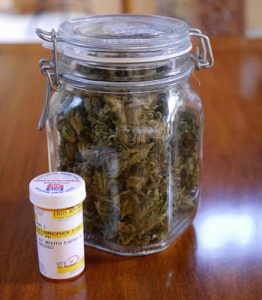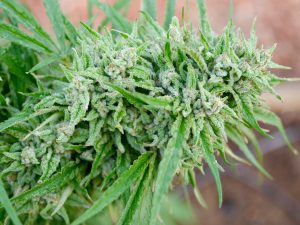
What is Lupus?
Lupus is a chronic autoimmune disease that can last for many years. With lupus, the body’s immune system gets confused and instead of just fighting off bacteria and viruses, it attacks and destroys healthy tissue such as the heart, joints, skin, lungs, blood vessels and cells, liver, kidney, brain, and nervous system. People with lupus can experience flare-ups with mild to severe symptoms followed by periods of remission. Over 1.5 million Americans are living with this disease, with over 16,000 new cases reported annually. Ninety percent of the cases are women and eighty percent are between the ages of 15 and 45. Presently, there is no cure.
Symptoms may include fatigue, an unexplainable low-grade fever, skin rashes, hair loss resulting from inflammation of the scalp, chest pains from inflammation of the lungs, kidney inflammation which can cause swelling in the lower legs and feet as well as high blood pressure, painful and swollen joints, indigestions, thyroid problems that can show up as weight gain or hair loss, and dry mouth and eyes, to name a few.
Marcia’s Story
I met Marcia several months ago when she asked about Turtle Bud’s CBD-Rich Recovery Salve and AC/DC tincture. She is beautiful women in her 60’s whose face exudes hope and kindness despite her pain. She’s been living with Lupus for 20 years. I asked her to share her story with us. Here it is:
“My Lupus symptoms at the start were painful rashes on my face/neck/chest, along with fevers and severe fatigue. A few months later the joints in my knees and hands became painful and swollen. After about 5 years of dealing with all those symptoms, it got to be too much to deal with. So I quit full time work in an attempt to just feel better. During that time period my medications included:
Prednisone(steroid),
Plaquenil (antimalaria),
anti-inflammatories,
stomach lining medications,
Ultram (pain medication),
anti-depressants, and
sleeping pills.
Gradually I was able to reduce some of the medications as I had less flare ups. That was until 2010 when my brain became involved with Demyelinating Disease of the Central Nervous System, and then I had mild cognitive impairment to deal with. I worked closely with a neuropsychologist doing cognitive rehab for about 2 years. In addition to Lupus, I recently have been diagnosed with Trigeminal Neuralgia (a chronic pain condition that causes extreme, sporadic, sudden burning or shock-like face pain.) That diagnosis started my pursuing cannabinoids for pain relief – with my neurologist’s blessing.
I am finding good relief using your CBD-rich recovery salve on my knees and hands as needed throughout the day. I have been able to reduce my anti-inflammatory medications and even my pain meds. I also use AC/DC tincture throughout the day to ease my face pain. To help with being able to sleep thru the night, I am experimenting with CBD/THC edibles. Being able to monitor my pain with tinctures and/or salves as needed is more effective than prescribed medications without the side effects. Since starting your products I find myself being more physically active, which benefits me on many levels. I’ve only been using cannabinoids for about 3 months (yours for 2 months). My quality of life has definitely improved. Over time, I’ll be able to tell you to what extent.”
Testimonials like Marcia’s bring me immense joy and satisfaction and inspire me to grow and create more products. But they also make me sad and frustrated. CBD products like these, that have absolutely no psychoactive properties, should not be swept up into the federal and state cannabis laws, regulated, and used as a vehicle for tax revenues. CBD-rich cannabis plants, such as AC/DC and others, are similar to hemp plants but contain far more of the beneficial CBD cannabinoids. Their topicals and tinctures should be readily available to everyone and be allowed for purchase at any health food, grocery, drug store or farmer’s market. They should also be allowed to be grown in everyone’s garden and cause no more concern to others than a zucchini, rosemary or tomato plant!

